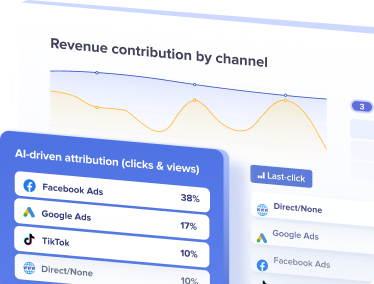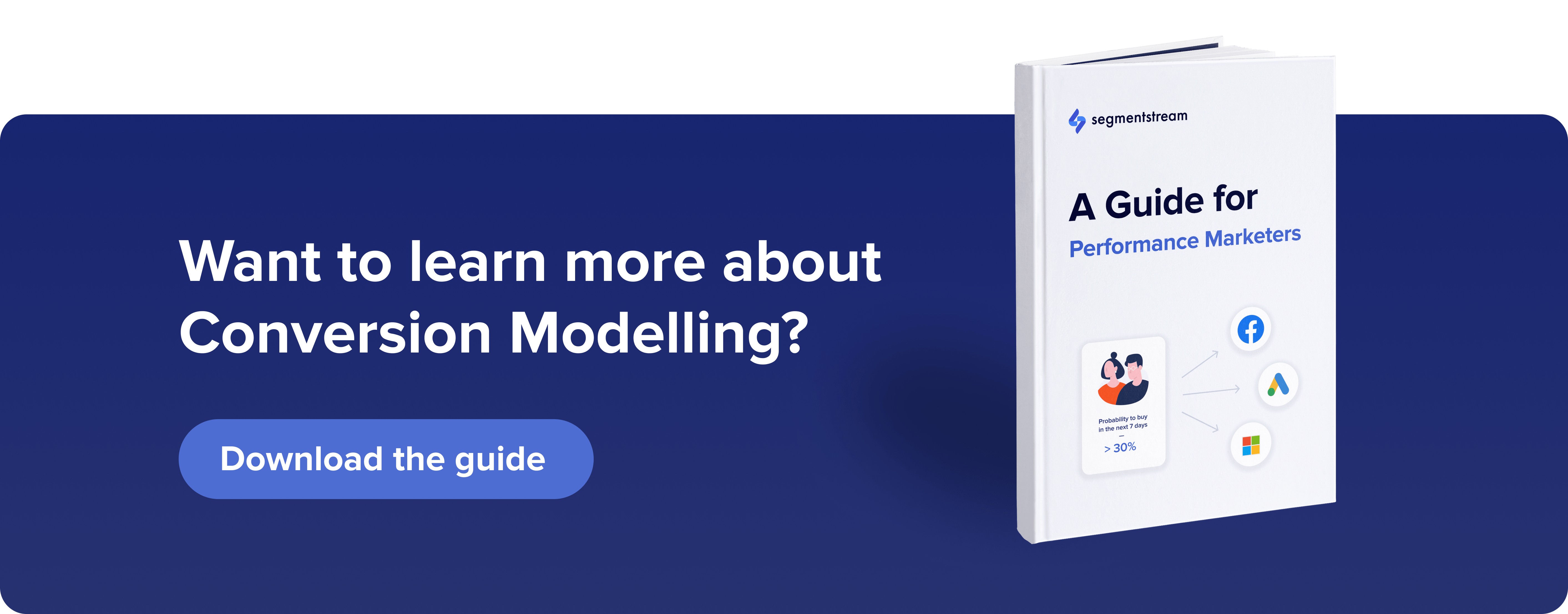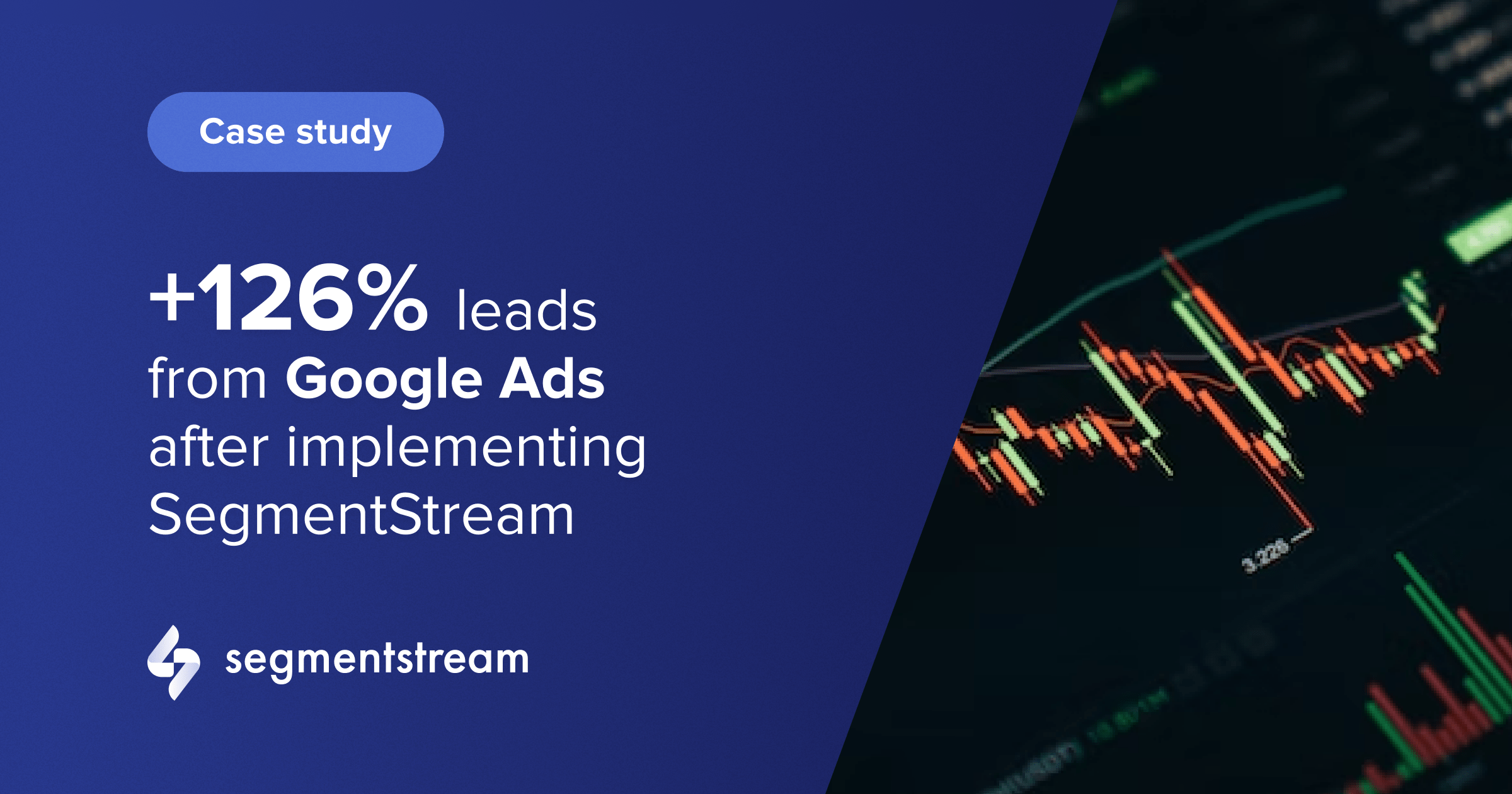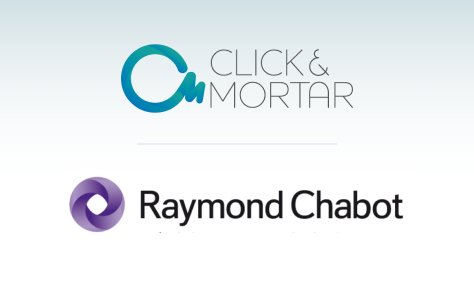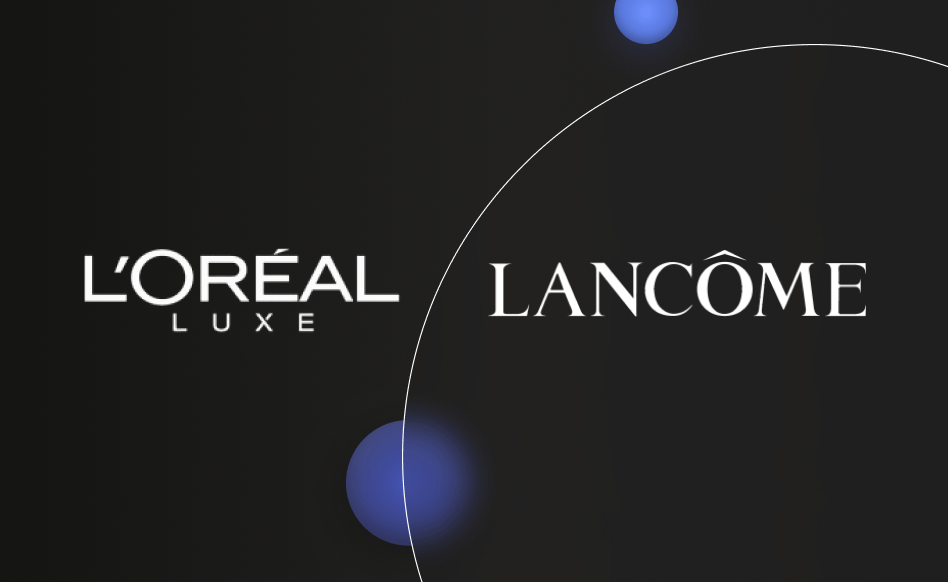Marketing Attribution for Bicycle Brands
Learn how to solve marketing attribution if you're promoting beauty products; find out which tools work and which don’t in a modern privacy climate.


People rarely buy bikes online during their first website visit. Instead, the customer journey is usually long and complex, as it involves a lot of research before making a purchase.
Since the conversion does not happen immediately, digital marketers often struggle to understand which marketing channel or campaign is more effective in driving sales.
To answer this question, marketing teams at bike brands used to rely on analytics and attribution tools that aimed to show the real value of each marketing touchpoint.
However, with modern-day cookie tracking restrictions, such attribution solutions no longer work and fail to provide bike brands with reliable insights about the true ROAS of each marketing traffic source.
Furthermore, due to broken conversion attribution and lack of feedback signals, AI-driven ad platforms such as Facebook and Google Ads struggle to learn and optimize campaigns effectively.
Why does it happen, and what can be done about it? Read this guide to find out.

Table of contents:
- Buying a bike is like riding one: nothing is made on the first try
- Why can no longer trust attribution, no matter how data-driven it is
- How inaccurate conversion tracking harms Google Ads & Facebook Ads performance
- Why Conversion Modelling is a true solution to broken marketing attribution
- How Ribble Cycles achieved a 260% ROAS growth with Conversion Modelling
Buying a bike is like riding one: nothing is achieved on the first try
Most people don’t purchase a high-end bicycle during their initial website visit. Customers spend weeks browsing, researching, and selecting the one with the perfect set of features.
This means that if you sell bikes online, you have to be patient and persistent in your digital marketing game, focusing on building a relationship with your potential customers over time.
Most bike brands understand this well and launch multiple types of campaigns for each part of the marketing funnel: prospecting campaigns to drive initial awareness, retargeting campaigns for the consideration stage, and conversion-focused campaigns to motivate the buyer to make a purchase sooner rather than later.
However, the real challenge lies in understanding the true return on investment in this wide range of marketing activities.
Often, upper-funnel prospecting campaigns will not receive any sales credit at all. At the same time, marketing analytics tools will report that half of the sales come from direct visits, and the rest is distributed among lower-funnel, also known as “closing,” campaigns.
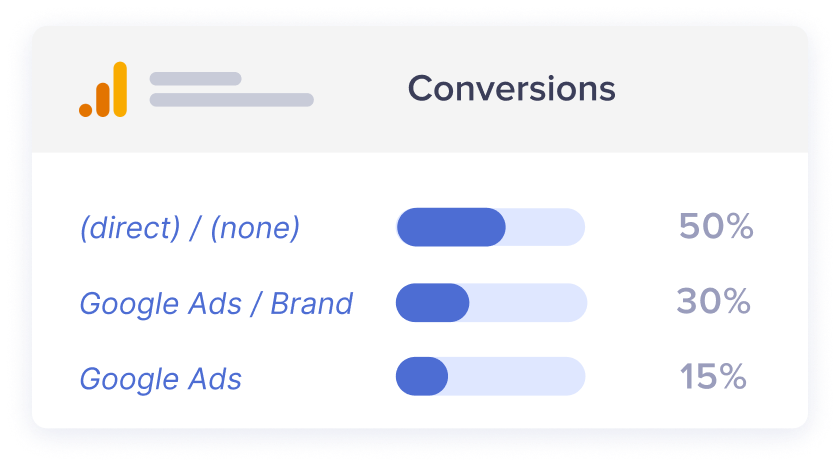
How do you justify making investments in upper-funnel and mid-funnel campaigns when they do not directly drive attributed sales? How do you determine which specific prospecting campaign or creative should receive more of your budget?
Marketing attribution tools and their multi-touch models were once promised to provide assistance in answering these questions. However, they are no longer reliable in the modern world, where tracking the full path to conversion using cookies is no longer feasible.
You can no longer trust attribution, no matter how data-driven it is
The curious thing is that marketing analytics tools often show that upper-funnel prospecting campaigns perform poorly and do not drive any sales. However, if one stops investing in such “horrible” campaigns, they will notice a significant drop in sales from other marketing channels and campaigns, such as brand, direct, retargeting, etc. Some brands have even experienced up to a 30% decline in total sales when they remove the budget from “inefficient traffic sources.”
So why do marketing attribution tools, which are designed to show the true value of each touchpoint in the customer journey, fail to deliver reliable insights to marketers? The reason is that it is no longer possible to track the real customer journeys from the first touchpoint till the final purchase.
No matter how sophisticated and data-driven the model used is, they all operate in the same way. Firstly, they rely on cookies to piece together a customer’s journey toward a purchase. They then wait until the customer completes their journey by making a purchase and analyse the journey to distribute the value of each touchpoint based on a predetermined logic.
The logic is what distinguishes the various attribution models from one another, whether it be First-Click, Last-Non-Direct, or advanced multi-touch models. However, the issue is that no matter which attribution logic is used, it will still examine the same incomplete path to conversion.
It is no longer possible to track the full path to conversion:
- Cross-device and cross-browser interactions are one of the main challenges facing marketers today. As consumers use multiple devices and browsers to access the web, it becomes difficult to track their activity across different platforms, leading to a fragmented view of their journey to conversion.
- The problem is further compounded by the rise of in-app browsers in popular mobile apps like Facebook, Instagram, and Pinterest, which contain unique cookies that do not transfer to primary browsers like Safari or Chrome. As a result, a new customer journey may start, and the previous one may end without conversion.
- Another challenge is the increasing prevalence of cookie restrictions. Many browsers now block or delete cookies, which are used to remember users on websites and track their activity across the web. This makes it much more difficult to track online behavior, and Intelligent Tracking Prevention in Safari further limits the lifespan of cookies.
- Short attribution windows also pose a problem, as the default attribution window for Facebook Ad Manager is just 7 days post-click. If conversion doesn’t happen within this period, it will not be observed at all.
- Private browsing is yet another issue affecting marketing attribution, with many users employing this mode to prevent cookies from being stored on their devices. This makes it impossible to track their activity across the web, making it more challenging to attribute conversions accurately.
Overall, these challenges mean that marketing traffic sources are not receiving fair value, making it crucial for marketers to find new ways to overcome these obstacles. As a result, more and more marketers are being sent to the crusade against attribution, searching for a replacement:
“It feels like forever I’ve been looking at attribution models about where to place the right bets to maximize ROAS”
- Matthew Lawson, Chief Digital Officer of a bike brand Ribble Cycles.
“And it’s always grated on me that they’re based on huge assumptions and are barometers of value at best”
- he added.
How inaccurate conversion tracking harms Google Ads & Facebook Ads performance
Conversions are crucial feedback mechanisms for AI-driven ad platforms like Google and Facebook Ads. They rely on them to train smart bidding algorithms and improve targeting and campaign optimization capabilities.
However, broken customer journeys mean that the majority of clicks do not receive any value as users rarely convert within a single website visit or cookie. For bike brands, the challenge is even greater as they typically have fewer conversions than a typical e-commerce business, but each purchase has a high value.
This leads to ad platforms like Google and Facebook Ads targeting only a small portion of the potential audience, making media buying expensive and limiting scalability.
Facebook Ads is particularly affected as its attribution window is only 7 days, and most campaigns are upper- and mid-funnel campaigns that do not generate immediate purchases.
As a result, ad platforms are unable to deliver desired results due to a lack of conversion signals.
Introducing a solution — Conversion Modelling Platform
To solve the marketing attribution problem in a unique way, we at SegmentStream, built a Conversion Modelling Platform. Conversion Modelling uses the power of AI and first-party data to achieve accurate marketing measurement and efficient ad optimisation in a ‘cookieless world’, where customer journey tracking using cookies is no longer reliable.
Why is SegmentStream a unique solution for marketing attribution?
The aim of Conversion Modelling is to discover which traffic sources drive the most incremental value to the business, even when they do not result in directly attributed sales.
Unlike retrospective attribution tools, SegmentStream’s Conversion Modelling approach relies on proprietary Machine Learning algorithms to evaluate each website visit and measure its incremental contribution to the future conversion.
This way, each traffic source finally gets the true value it deserves, even if the real conversion happens from another device, browser, or cookie, and will not be attributed to the traffic source directly.
By using the Conversion Modelling Platform, marketers can gain better visibility into the true value of their digital channels and campaigns, while ad platforms start to perform better by receiving accurate, real-time attribution data about the incremental value of each click.
Use Case #1: Accurate Measurement & Marketing Mix Evaluation
SegmentStream ensures an accurate evaluation of all paid media traffic sources even when the final conversion cannot be observed due to modern tracking restrictions and complex user journeys.
By finally knowing the true impact of all paid media traffic sources, marketers can make correct, timely, and confident budget allocation decisions to ensure the optimal Marketing Mix and achieve the highest total ROI from the overall advertising spend.
Use Case #2: Enhanced Ad Targeting & Optimisation
SegmentStream unlocks the full potential of the ad campaigns by providing immediate feedback about the true value of each click.
By amplifying ad platforms, such as Google & Facebook, with real-time value signals, marketers can expect a much better return on their ad spend, as targeting algorithms start to learn & optimise much faster, focusing ad spending on the audience who is most likely to drive value to the business.
Ribble Cycles success story: Conversion Modelling improved Return On Ad Spend by 260%
Ribble Cycles is an innovative UK-based bike manufacturer that sells high-end bicycles. The brand was seeking a solution that would assist them in gaining visibility on their paid traffic sources and improving ad performance on Google and Meta.
By implementing SegmentStream Conversion Modelling, the brand achieved:
- A fully automated cross-channel marketing reporting
- 260% ROAS increase from Facebook campaigns
- 55.1% more conversions from Google Ads with a 10.4% lower Cost of Sale
Read the detailed, step-by-step case study, on the SegmentStream website.
“Most of the customers do not buy advanced bicycles like ours during their first interaction with the website. People want to take their time and make proper research, read reviews, and consult with our bike specialists before finally making a purchase decision. Moreover, the already complex customer journey is becoming even more difficult to track because of people using multiple browsers and devices.
With all of this, we thought that it will be almost impossible to understand the true value of our digital marketing campaigns, especially upper-funnel awareness campaigns that tend to receive almost no credit when using traditional marketing attribution models such as Last Non-Direct Click.
Luckily, we found SegmentStream and its AI-driven technology that actually helped us to see the real picture of our cross-channel marketing performance, and what’s more important, to truly activate machine learning insights and improve the performance of our key digital advertising channels without human involvement.
We are happy with our collaboration, and looking forward to working together to drive outstanding digital marketing results.”
— Matthew Lawson, Chief Digital Officer, Ribble Cycles\
Summary
Marketing attribution for beauty brands is broken — due to long and complex customer journeys, as well as modern-day cookie tracking restrictions, both marketing analytics tools and ad platforms are unable to attribute conversions properly.
However, there is an innovative solution designed to work in a ‘cookieless world’ — a Conversion Modelling Platform by SegmentStream.
Already trusted by 50+ leading brands and agencies, such as L’Oreal, KitchenAid, Ribble Cycles, and OMD Conversion Modelling quickly becomes an essential solution in the performance marketing toolkit.
Request trial of the Conversion Modelling platform
Optimal marketing
Achieve the most optimal marketing mix with SegmentStream
Talk to expert